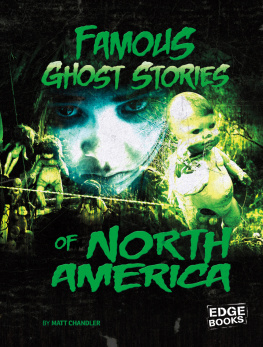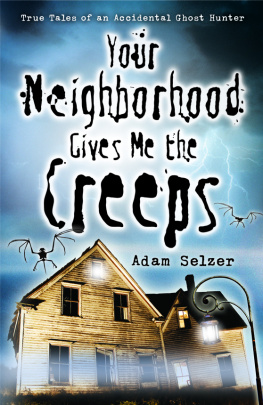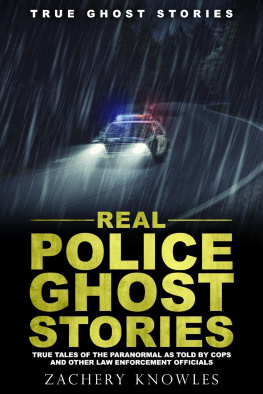GHOST ROAD
GHOST ROAD
AND OTHER FORGOTTEN STORIES OF WINDSOR
MARTY GERVAIS
BIBLIOASIS
Copyright Marty Gervais, 2012
All rights reserved. No part of this publication may be reproduced or transmitted in any form or by any means, electronic or mechanical, including photocopying, recording, or any information storage and retrieval system, without permission in writing from the publisher or a licence from The Canadian Copyright Licensing Agency (Access Copyright). For an Access Copyright licence, visit www.accesscopyright.ca or call toll free to 1-800-893-5777.
FIRST EDITION
Library and Archives Cataloguing in Publication
Gervais, C. H. (Charles Henry), 1946
Ghost road : and other forgotten stories of Windsor / Marty Gervais.
ISBN (E-book) 978-1-926845-89-0
1. Windsor (Ont.)--Biography. 2. Windsor (Ont.)--History--Anecdotes.
I. Title.
FC3099.W56G46 2012 971.332 C2012-906157-3
Edited by Daniel Wells
Copy-edited by Tara Murphy
Layout and cover design by Kate Hargreaves
Front cover image by Marty Gervais
Back cover images courtesy SWODA (Hiram Walker), the Windsor Star (tornado) and John Gacioch (Windsor dragway).

Biblioasis acknowledges the ongoing financial support of the Government of Canada through the Canada Council for the Arts, Canadian Heritage, the Canada Book Fund; and the Government of Ontario through the Ontario Arts Council.
To my grandchildrenJulien, Sebastien, Calder, Cicely and Lucien, and any others that might still be on the way
Contents
Introduction:
A History We Dont Know
A COUPLE OF HIGH SCHOOL students from Stoney Point, Ontario arrived unannounced one morning at the Windsor Star. I was working there as a columnist, writing My Town. Their history teacher had dispatched them to my door because they had claimed that there was nothing historically interesting in this part of southwestern Ontario. It was my job, it seemed, to prove them wrong.
Over the next hour, I regaled them with stories. I also told them to get out their pens and start writing. I rattled off some of the riveting details behind the War of 1812, zany tales of Prohibition, the building of the Windsor-Detroit Tunnel, a story about Henry Ford racing a car on the ice on Lake St. Clair. I told them about the renegade Simon Girty scalping his enemies during the American Revolutionary War, about Abe Lincoln ambling down Sandwich Street in Windsor, about a flag that sits in our local museum and about how it mightve wrapped the fallen body of the great Tecumseh. I also told them the story of my mother being kidnapped by gypsies in Stoney Point, and how my grandmother had to barter her back by handing over eggs, chickens, grain, milk, and anything else she could find on the farm. Also how she stood watching the gypsy caravan rumble away down the dirt roads of Essex County, on its way to the next town. As I spoke, the students scribbled furiously in their notebooks.
When I was finished, they looked up, a little bewildered and surprised. I knew that look. We often view history as consisting solely of momentous actions and life-changing moments. We think of it in terms of politics and war and record-setting events. But the fact of the matter is that we live history. We make it. We absorb it. I told these students, as I tell everyone, that I can find something intriguing without stepping very far from my neighbourhood, or for that matter, from my house. I promised these students that enthralling history was right under their noses, real life stories that are connected to the beguiling way we behave and live today. Thats history.
To prove my point, I told them they should take a journey around their own home. They ought to slow down, walk through their houses, and pause over the objects they have collected, the lives they have lived. As an example, I took them on a journey through my own place, and pointed out that in a dining room cabinet rests a tiny basket-wrapped bottle of Chianti dating to 1932. Never opened. If you put it up to the light, you can see sediment floating in it. So whats the story? Before my mother-in-law was married, she was holidaying in Florida with her family, and a gentleman in a restaurant sent that bottle over to her table. She graciously accepted it, but spurned his flirtatious gesture. She never saw him again. But she never forgot that moment, and told the story to her daughters. So what does it suggest? Well, probably nothing in the grand scheme of things, but its still a great story and maybe suggests something of the times, or maybe about how people meet one another. It is still history.
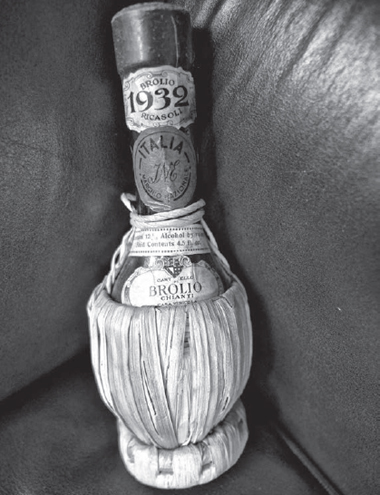
A 1932 bottle of Chianti comes with a storythe gesture of a young man flirting with a Canadian woman visiting Florida.
In the same room, theres a large photograph of my Lutheran-born great-grandmother. She has steely eyes and a severe grimace. It was said she had converted to Catholicism, and told her husband on her deathbed that if she needed prayers shed return. As the story goes, her Stoney Point farm was haunted by her return in the form of a poltergeist, with pots and pans flying about and cupboard doors and barn doors and windows swinging open and violently slamming shut. Thats what my mother told us. She said the family knelt in the farm kitchen praying the rosary until these ghostly episodes subsided. The picture remains in my dining room. I make a point of winking at this ghostly woman every day. I swear she smiled back at me one afternoon.
I also have two tiny landscapes done by a friend of the legendary Group of Seven who made his living as a pharmacist but often ventured out into the woods on days off to paint on the stiff wooden tops of old cigar boxes. Theres also an oil painting by a barber who whiled away the hours in his shop on slow, dreary winter afternoons painting lakes and gullies he only knew from memory. I have the May 13, 1863 edition of a New Orleans newspaper that reports the loss of 18,000 in the Civil War battle at Fredericksburg. Death also came then to the celebrated Confederate general Stonewall Jackson, who was hit by three bullets, two in the left arm and one in the right hand. But word of his passing never made it into this newspaper: Jackson had actually died three days earlier, but this was the age of Lincoln, not Twitter and Facebook, and news of the war travelled slowly.
I could go on. I have a framed front page of the old Windsor Daily Star reporting on the crowning of King George VI of England following his brothers abdication. That story is currently featured in the movie The Kings Speech, and focuses upon the ascension to the throne of this man who was forced to hire a speech therapist to aid him in delivering public addresses. The Star even refers to heightened anxiety over the new kings speech impediment, and notes this first official address to the nation was executed without a hint of that disability.
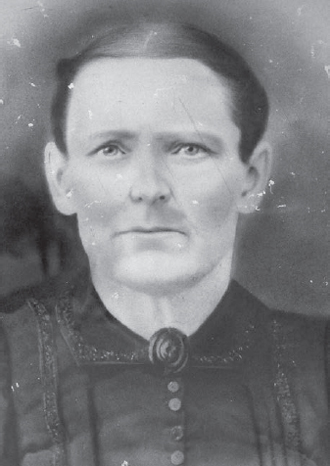
Marty Gervais German-born great-grandmother, Elise Mineau, said on her deathbed that she would return with a sign if she needed prayers; within weeks of her death, the house in which she lived was haunted by a poltergeist.
I could also tell you about the man who used to live in this housemy father-in-lawwho once made his living as a circus performer in high-wire aerial acts and performed all over the U.S. and Europe.
Next page

